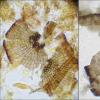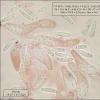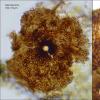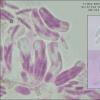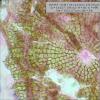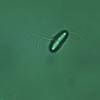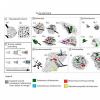
24-03-2024 08:27
 Thierry Blondelle
Thierry Blondelle
HiOn Hedera helix fallen branchEcological habitat:

26-04-2024 10:07
 Mathias Hass
Mathias Hass
Hello, Does anyone know what this is? Found on J

24-04-2024 21:54
Bonjour, J'ai trouvé ce Lasiobolus sur laissées

23-04-2024 15:18
 Lothar Krieglsteiner
Lothar Krieglsteiner
... but likely a basidiomycete. I hope it is o.k.

23-04-2024 13:17
 Edouard Evangelisti
Edouard Evangelisti
Bonjour à tous, Je viens de récolter ce que je

23-04-2024 21:49
Ethan CrensonHello all, A friend recently found this orange as

22-04-2024 11:52
 Zuzana Sochorová (Egertová)
Zuzana Sochorová (Egertová)
Hello,I made a loan of a collection of Microstoma

11-01-2022 16:36
Hi does anyone have a digital copy of Raitviir A (

22-04-2024 20:38
 Miguel Ángel Ribes
Miguel Ángel Ribes
Good afternoon.Does anyone know this anamorph?It g
I have found three species of Microthyriales on needles of pinus sylvestris, and I can't identified it.
Species nº1: Tiriotecios 80-100um. Entire margin. Asci tetrasporic. Spores with lateral cilia.
Species nº2: Tiriotecios 100-170um. Irregular margin, not fimbriate. Asci octosporics. Spores without cilia.
Species nº3: Tiriotecios 100-160um. Irregular margin. Asci octosporics. Spores with cilia on the side and at one end.
Looking at the book of Ellis & Ellis, he mentions three species on Pinus. Comparing with that, I think specie nº2 can be Stomiopeltis pinastri. The nº 1, would be similar to Trichothyrina pinophylla, but with spores ciliated and asci tetrasporic. And Microthyrium pinophyllus similar to nº3 but with cilia also at one end.
What is your opinion?
Thanks, Greetings
SUSANA (Spain)

